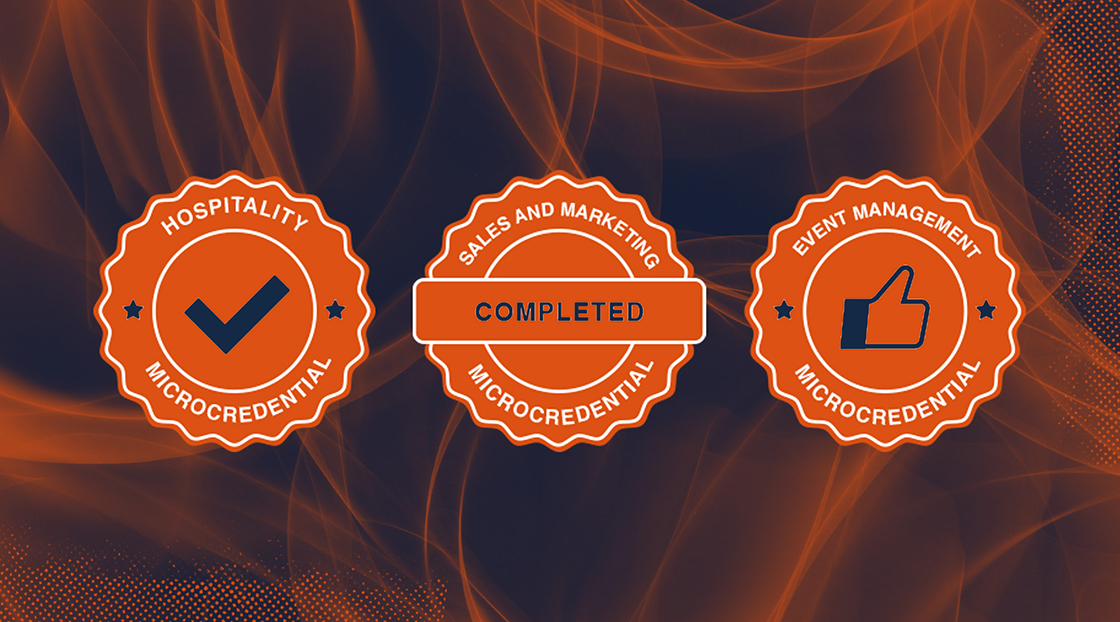In the last 20 years, virtually every industry has experienced disruption. High-tech innovation and changes in customer expectations are driving it. Advances in information technology raise expectations of speed and mobile usage. Personalization of our economy has changed the way customers interact with brands. Brands are expected to adapt by providing customized offerings as quickly as possible.
The same holds for higher education. The landscape has changed. Students are seeking just-in-time, personalized education options. They want to build skills for immediate use in the marketplace. The proliferation of online certifications puts tremendous pressure on higher education to offer something besides the traditional four-year commitment and the hefty price tag.
Employers are feeling it too. The demand for workers continues to increase. Businesses compete to fill positions with the most skilled and competent employees they can get.
Minding The Gap
Anyone who has ridden the London Underground railway knows the phrase “mind the gap.” It refers to the opening between the station platform and the train doorway. If people don’t “mind the gap” when moving forward, they can get hurt. If higher education institutions want to thrive in the future, they must mind the gap as well.
The latest data from the U.S. Chamber of Commerce shows 9.6 million job openings and only 6.4 million unemployed workers. There is a critical need to fill a vacancy gap, and at the same time, there is a skills gap.
Huntington Junior College (HJC) in Huntington, West Virginia, is one of many higher education institutions responding to this need with the launch of a microcredentials program. Today, HJC offers microcredentials in hospitality and medical billing and will quickly be expanding.

Innovative Solutions
Who better to lean into this problem and close these gaps than the experts in learning? The solution is adapting higher education and training to deliver what people want. They want speed, competency and affordability. Unlike traditional degree programs, microcredentials can offer these to a diverse range of learners.
Microcredentials are bite-sized, competency-based programs that pack a punch. They equip people with specific industry-relevant skills. They offer speed and affordability, providing relief to the acute need for skilled workers. Microcredentials help ameliorate declining traditional college enrollment. Learners still value institutions that stand for quality and have brand equity.
One of the more attractive traits of microcredentials is their “stackability.” Students can stack the microcredentials that appeal to them, or they can choose a bundle of microcredentials that build upon each other, leading to a more thorough skill or specialist level. This tailoring can help contribute to both immediate and long-term educational and career goals.
Is a Microcredential Program Right for Your Institution?
When considering launching microcredentials, analysis and alignment with local and industry trends are essential to provide the most value. HJC held listening sessions with local business groups, owners and managers to determine the greatest areas of need.
For example, HJC’s first microcredential offerings are in the hospitality field. This germinated during conversations with the director of sales for a national hotel chain. He shared the need for skilled workers in concierge services, food and beverage management, event management and sales and marketing. HJC solicited feedback from faculty and students as well before moving forward.
Marketing Microcredentials
When marketing microcredentials, institutions can take a variety of approaches. One approach could be emphasizing the practicality, flexibility and direct career potential for students. Another could be for working professionals seeking skill enhancement or career change.
HJC chose to test a different approach. The dynamics of the Huntington area called for a more hopeful and empowering message. The “You Are…” campaign celebrates natural talents that people already have. It encourages using microcredentials to maximize those talents with skills employers want.


A Bright Future
Although HJC’s program is just getting started, we are excited about collecting student and employer success stories. Microcredentials will allow us to pivot and optimize to what is needed. We will continue to look at enrollment metrics, program completion rates and student feedback. However, our most important metric is the employability and career advancement of graduates.
Microcredentials will play a pivotal role in shaping the workforce of tomorrow. Higher education institutions should embrace change and lean into new opportunities to expand learning. As Darwin said, “It is not the most intellectual of the species that survives; nor the strongest; but the one that can adapt to and to adjust best to the changing environment in which it finds itself.” If we can adapt to what students and employers need, that is a good thing.









